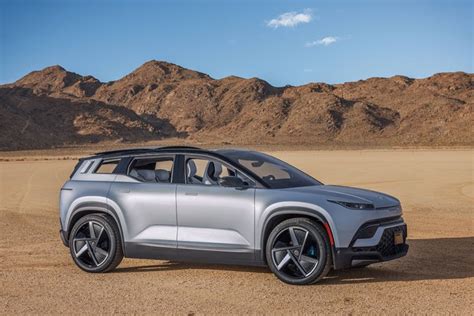The collapse of Fisker, as chronicled recently, underscores the tremendous challenges inherent in the automotive industry, especially within the electric vehicle (EV) sector. For years, Fisker was a name synonymous with innovation and a promising glimpse into the future of sustainable transportation. However, the company’s downward spiral serves as a case study in what can go wrong when ambition outpaces practical execution. The complexities of car manufacturing extend far beyond visionary design and groundbreaking concepts.
One particularly insightful comment hinted at the crux of Fisker’s downfall – a rush to market. Balancing the excitement of rolling out a new product and ensuring its readiness is a tightrope that many startups struggle to walk. As one user pointed out, Fisker’s eagerness to get its vehicles on the road resulted in products that were potentially not market-ready. In the competitive landscape of EVs where user experience and safety are paramount, this oversight proved costly.
Fisker’s business model also came under scrutiny. Unlike traditional car manufacturers, Fisker functioned more like a design firm, outsourcing the actual manufacturing process to other established entities. This “fabless” approach works in industries like semiconductor production but falls short in the automotive sector, where a closely integrated relationship between design, manufacturing, and quality control is essential. As noted by commenters, this disconnect likely contributed to their inability to address post-sale issues effectively, such as spare parts availability and warranty support.
A significant part of the discussion around Fisker’s failure revolved around the challenge of maintaining customer trust. In any industry, especially one as high-stakes as automotive, user trust is non-negotiable. Reports of Fisker failing to set aside sufficient reserves for warranty repairs and spare parts further eroded customer confidence. As one commenter aptly stated, maintaining a surplus of critical parts is an industry standard – neglecting this fundamental practice signals deeper operational issues and a disregard for customer support.
On the technology front, the dialogue extended to the broader issue of EV utility and infrastructure. Even if Fisker had achieved market stability, they would still have faced the overarching problems that plague the EV industry: range anxiety and charging infrastructure. Discussions highlighted how innovations in fast-charging infrastructure and battery technology are crucial for widespread EV adoption. Until such advancements become mainstream, EV companies must find ways to mitigate these user pain points effectively.
Aside from operational missteps, there were broader market dynamics at play. EV enthusiasts often have high expectations for new entrants, influenced by the benchmark set by Tesla and others. Yet, achieving the level of operational excellence necessary to meet these expectations involves overcoming immense logistical and technological hurdles. Inventors and designers may craft the most innovative products, but without the right execution strategy, even the best ideas can fall flat. Fisker’s experience underscores the necessity of a nuanced, well-rounded approach to car manufacturing.
In sum, the downfall of Fisker is a multifaceted lesson for new entrants in the automotive space. It is not enough to have a visionary product or a charismatic founder. Success in this industry requires meticulous planning, operational excellence, and unwavering customer focus. As we move further into the era of electric vehicles, Fisker’s story will likely serve as both a cautionary tale and a guide for what to avoid and what to strive towards. It is a reminder that while innovation is critical, execution is everything.


Leave a Reply